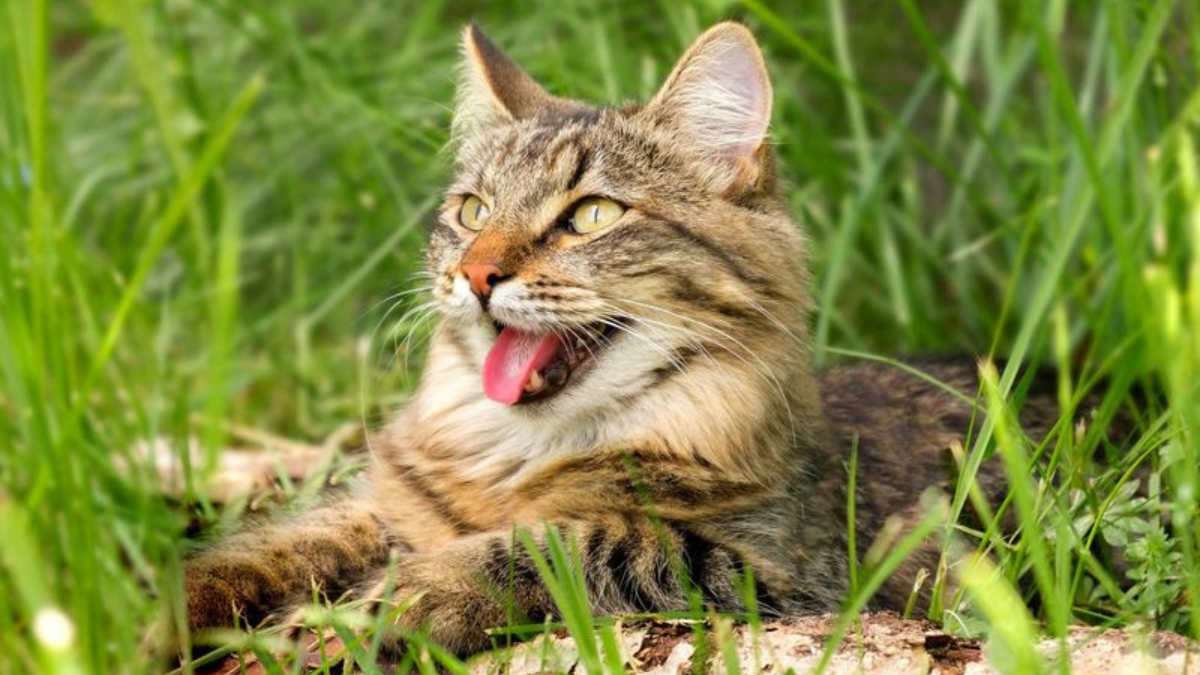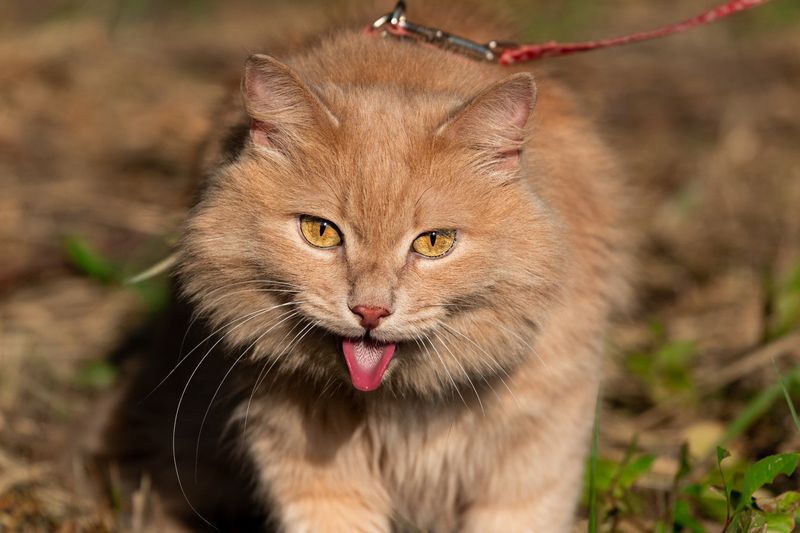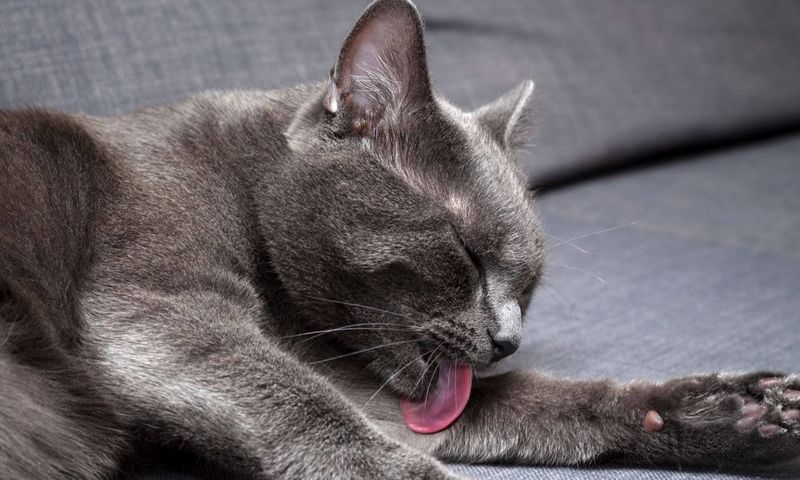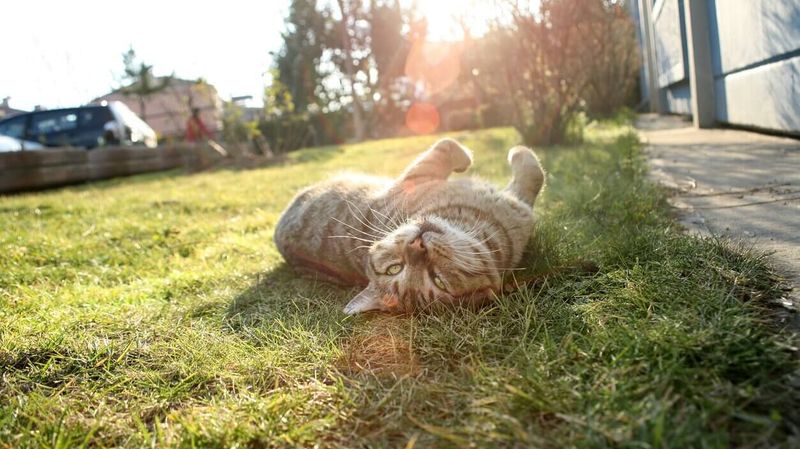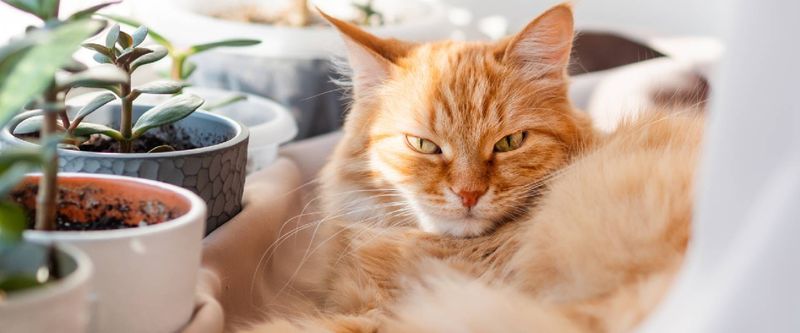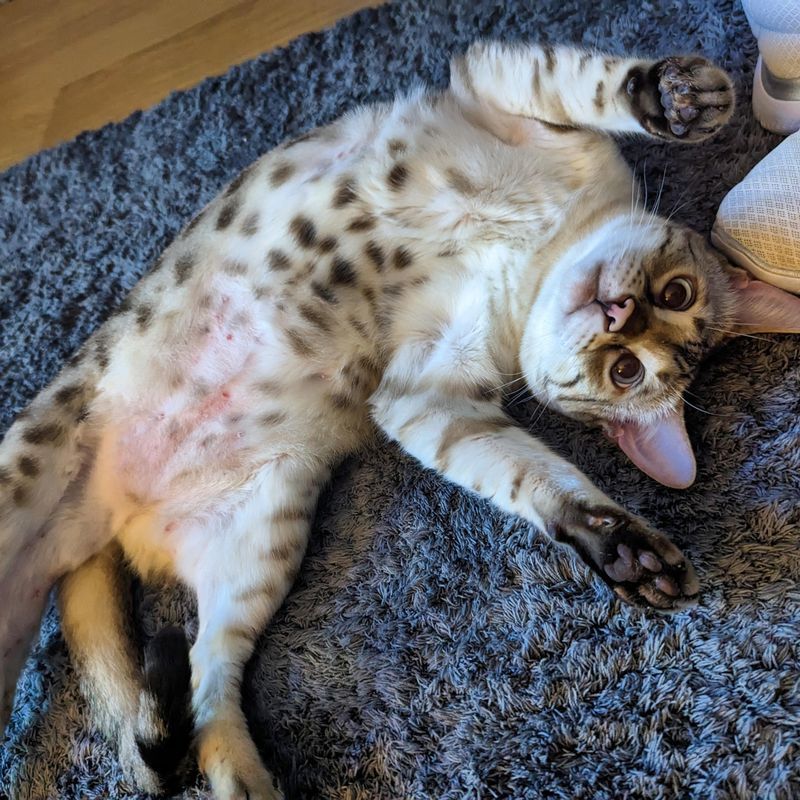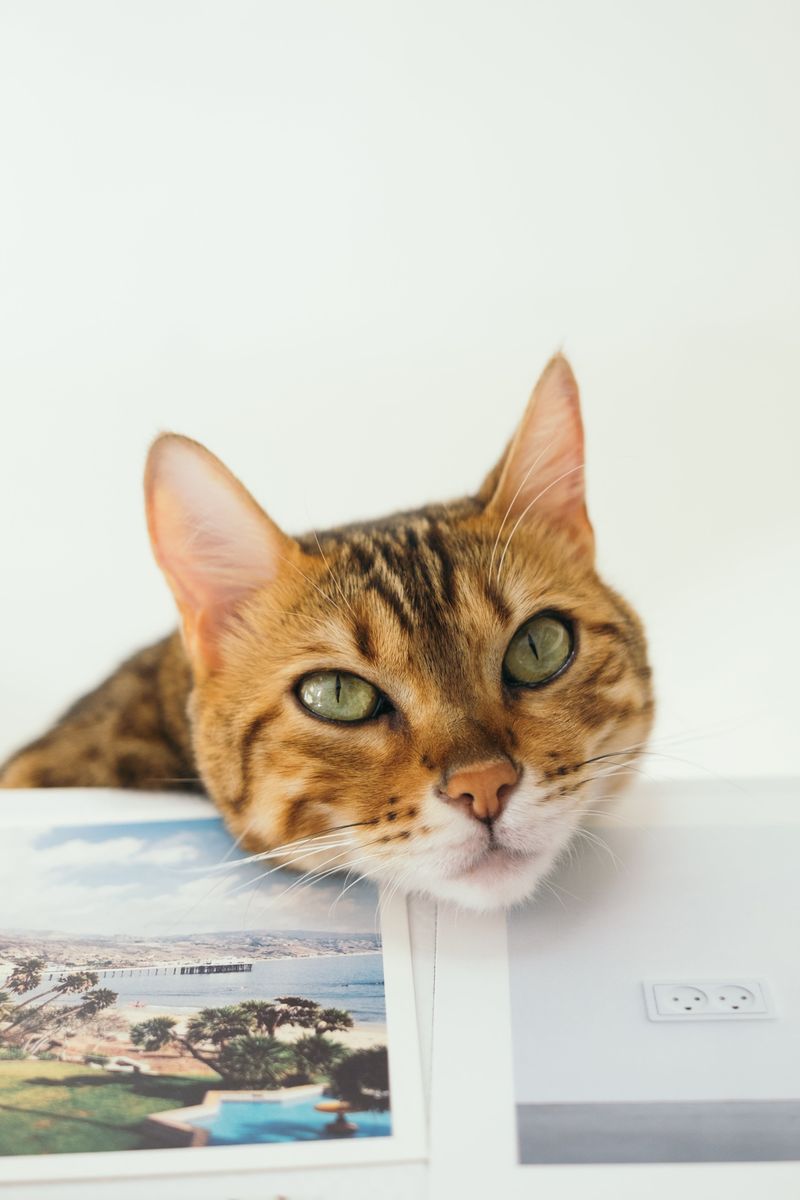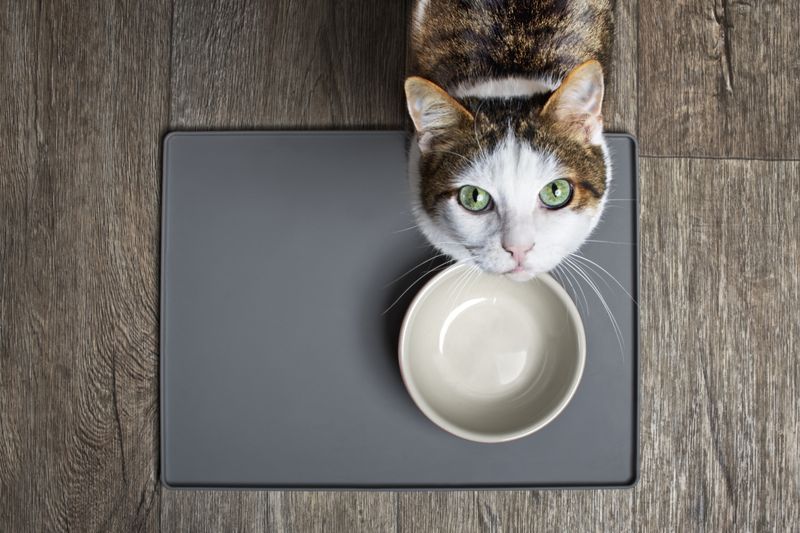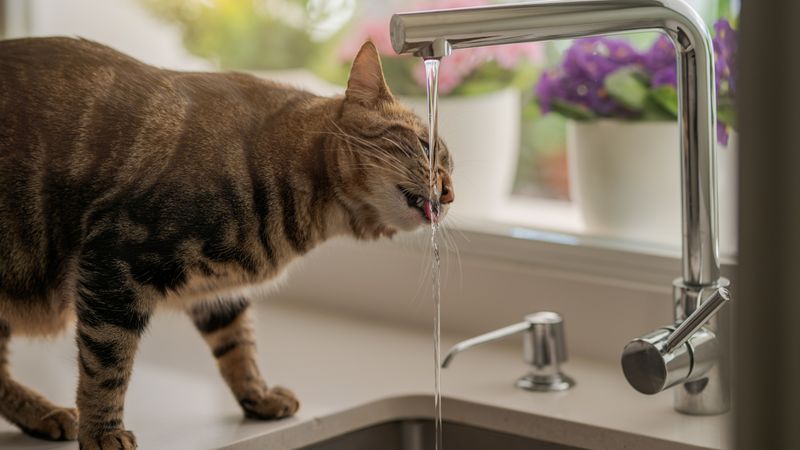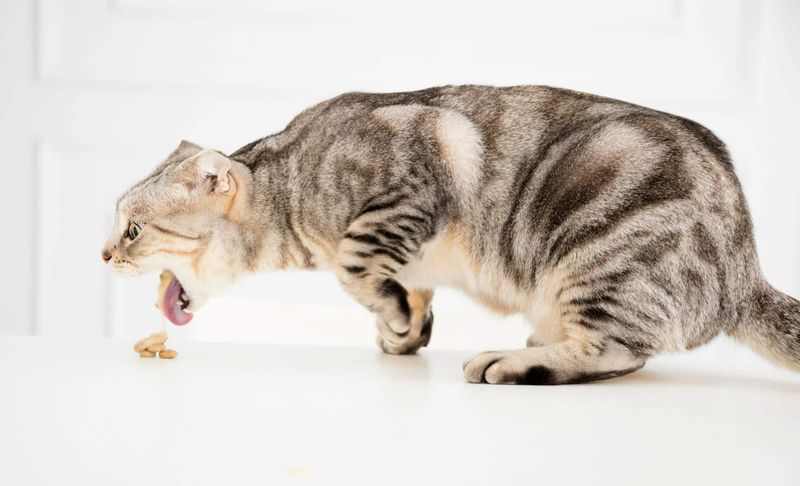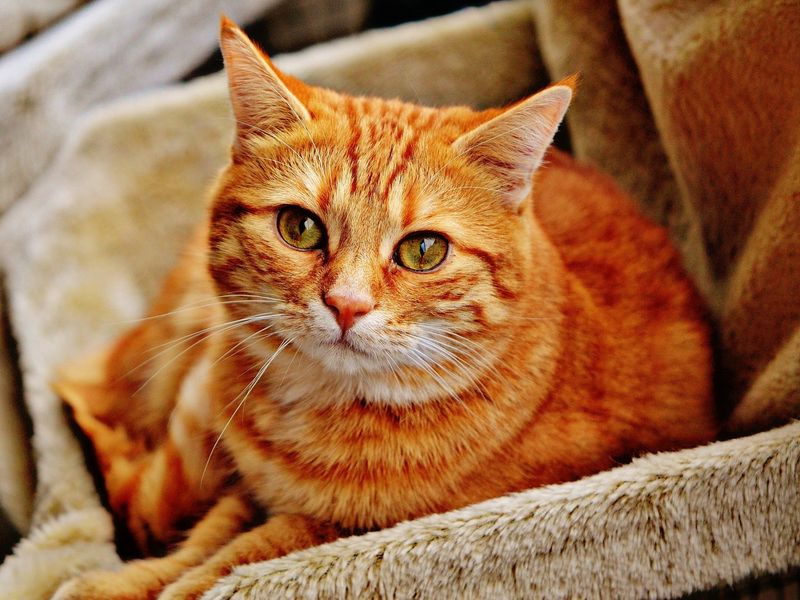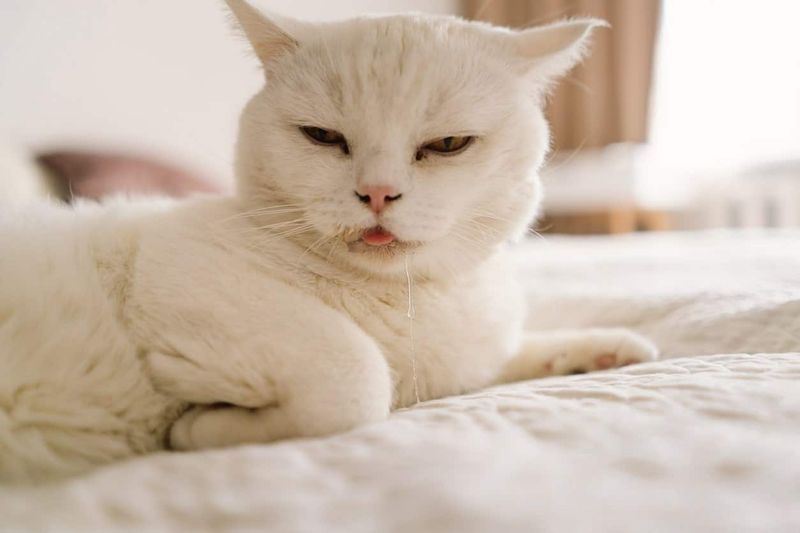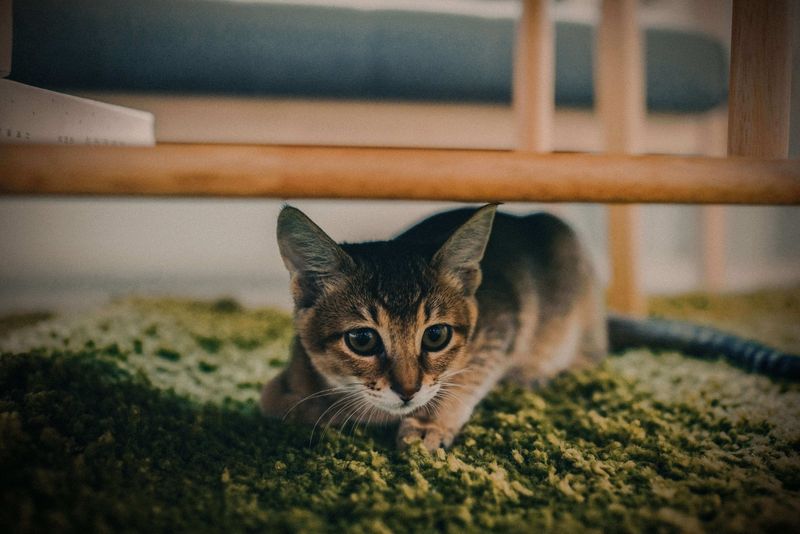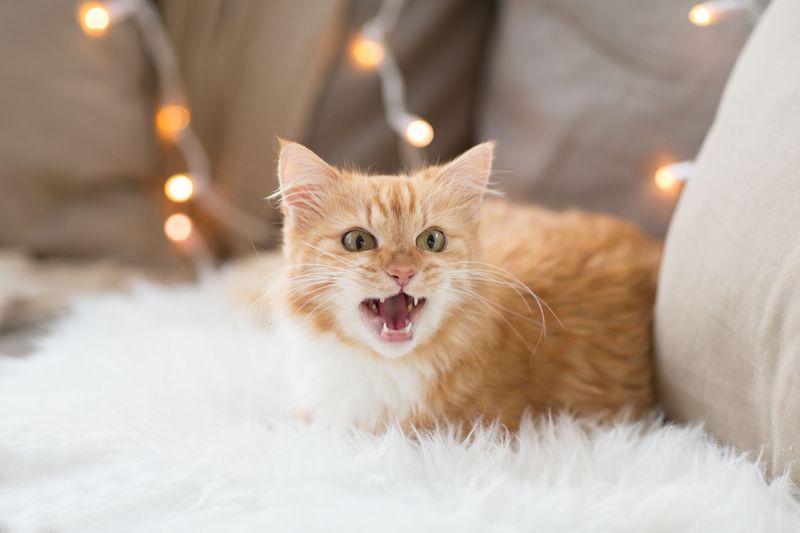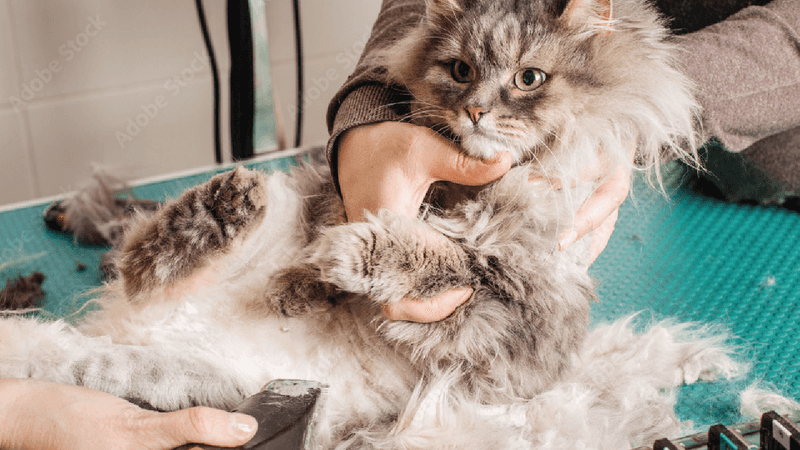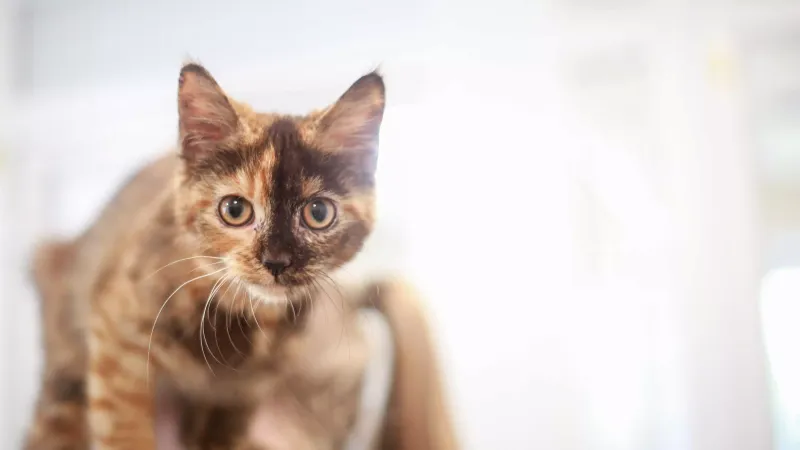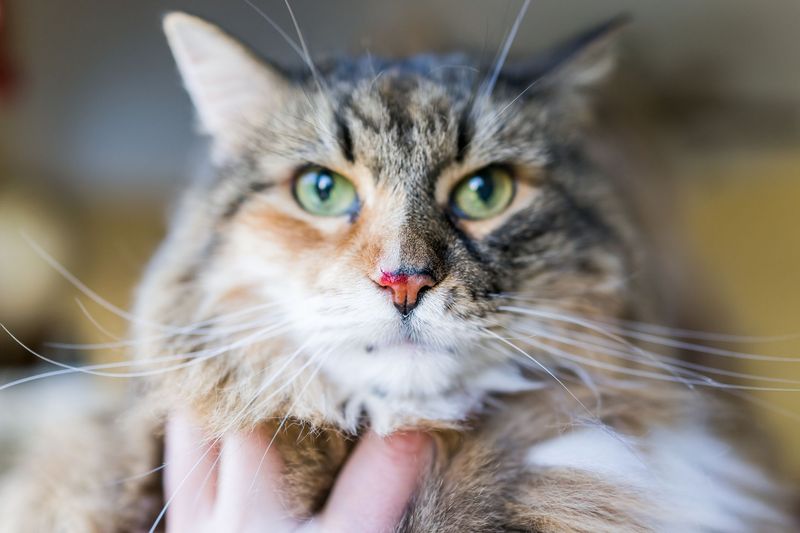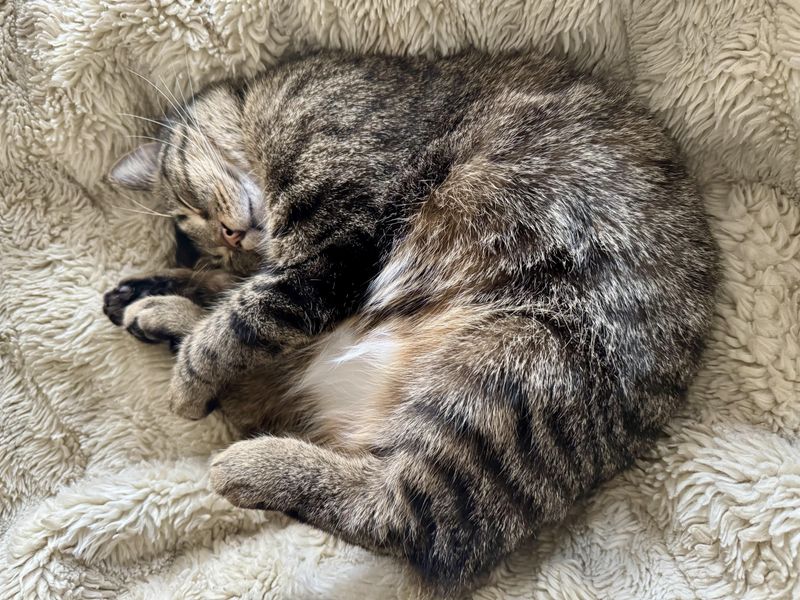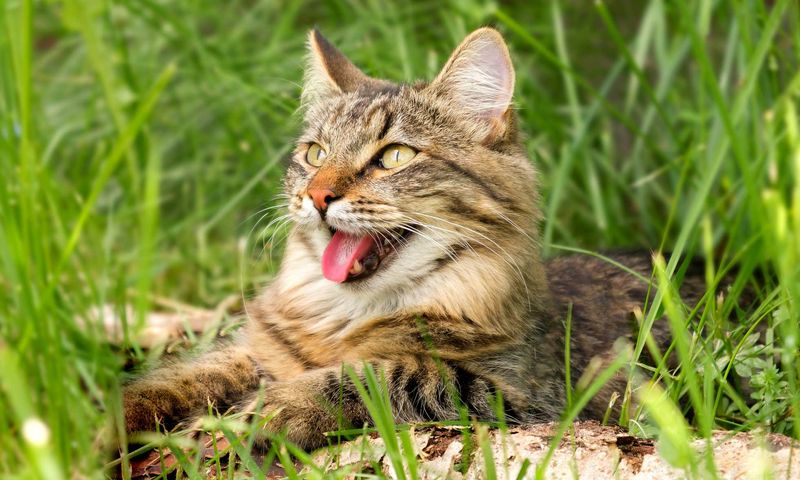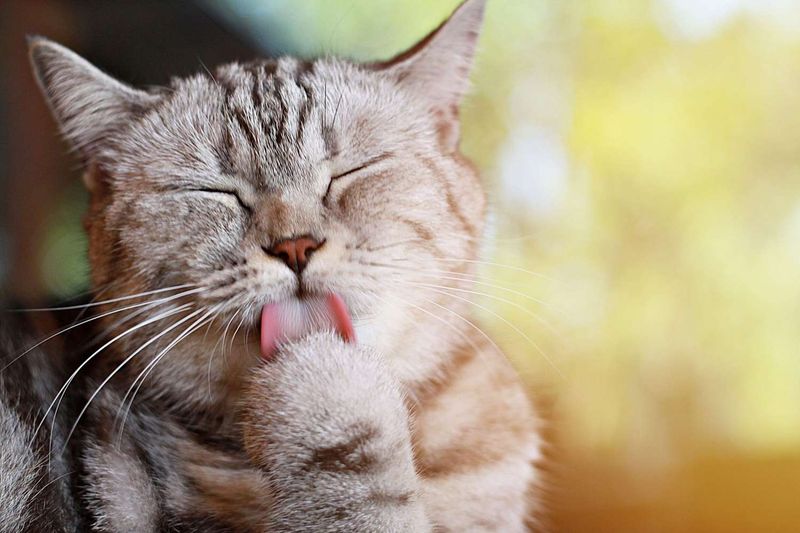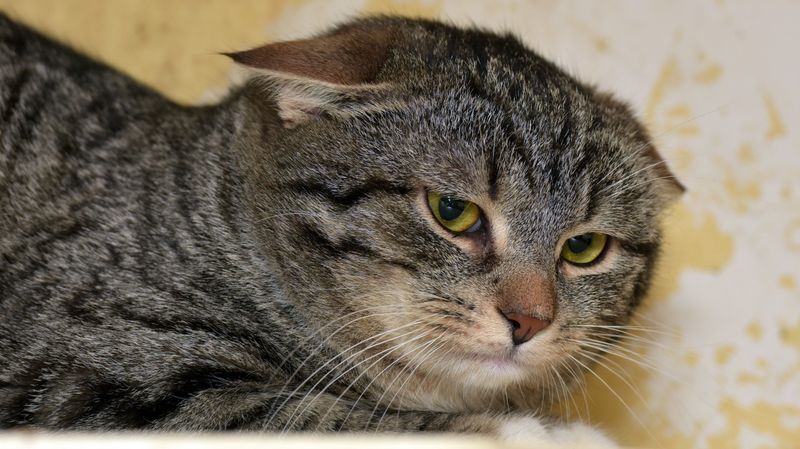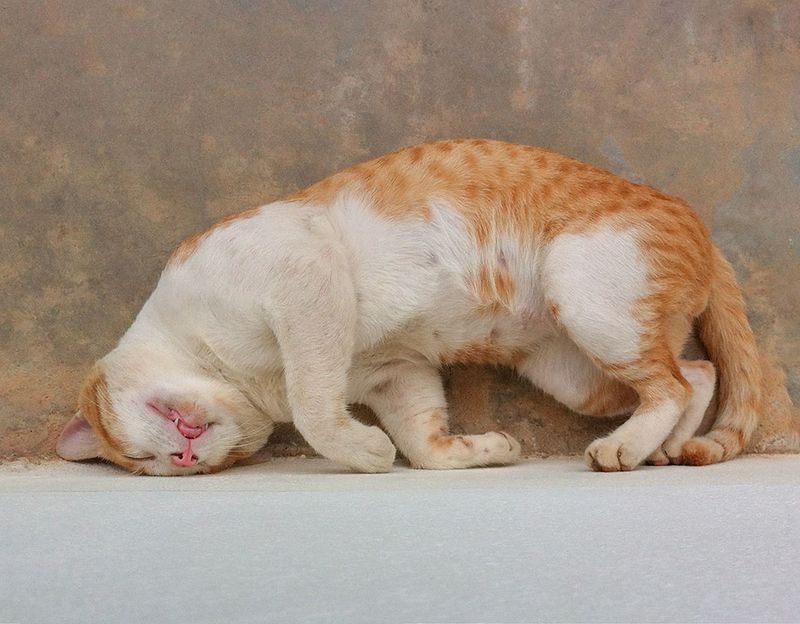📖 Table of Content:
- 1. Panting
- 2. Increased Grooming
- 3. Seeking Shade
- 4. Lethargy
- 5. Paw Pads Sweating
- 6. Restlessness
- 7. Reduced Appetite
- 8. Increased Drinking
- 9. Vomiting
- 10. Labored Breathing
- 11. Drooling
- 12. Hiding
- 13. Unusually Noisy
- 14. Excessive Shedding
- 15. Agitation
- 16. Nose Bleeds
- 17. Curling Up in Cool Places
- 18. Panting with Tongue Out
- 19. Frequent Licking of Paws
- 20. Flattened Ears
- 21. Loss of Balance
As summer temperatures increase, cats can face challenges in coping with the heat. While they are often independent and stoic, this can sometimes mask signs of discomfort. Cats, like humans, are vulnerable to heat-related stress, making it essential to keep an eye on their well-being.
Unlike dogs, cats tend to be more reserved in showing distress. This means it’s up to the owner to notice even the most subtle signs that their cat may be struggling. Recognizing these signs early can help prevent heat-related health issues from becoming more serious.
Understanding how to spot signs of overheating in cats can make a significant difference in keeping them comfortable during the warmer months. Paying attention to changes in behavior and physical symptoms will ensure they stay safe. Here are 21 signs that indicate your cat might be feeling the heat.
1. Panting
Your cat may start panting, which is not typical behavior for them and could indicate heat stress. Panting helps them cool down as it increases evaporative cooling. However, it’s crucial to realize that this can also be a sign of distress or illness.
Be sure to observe if your cat is also lethargic or showing other signs of discomfort. If panting persists, ensure they have access to water, a cool environment, and if necessary, consult a vet. Recognizing this behavior promptly can prevent further health complications.
2. Increased Grooming
When cats feel overheated, they tend to groom themselves more frequently. This extra grooming helps them cool down by spreading saliva over their fur to regulate their body temperature.
If you notice your cat grooming much more than usual, it’s time to help them cool off. Ensure they have a shaded area to relax in and always have fresh water available. Excessive grooming can lead to skin irritation, so keeping your home environment cooler can prevent this behavior.
3. Seeking Shade
If your cat is constantly seeking out shaded areas, it’s a clear sign they’re trying to escape the heat. Cats are smart and naturally look for cooler spots when they feel overheated.
Encourage this behavior by creating shaded areas in your home or garden. Providing breathable fabrics and cooling mats can also help reduce their body temperature. Watch for them claiming spots under tables, chairs, or trees and ensure they’re comfortable.
4. Lethargy
Extreme heat often results in lethargy in cats, making them less active than usual. Lethargy can be a strong indicator that your cat is not coping well with the heat.
Monitor their activity levels closely; if they seem completely disinterested in play or interaction, they might need assistance cooling down. Ensure they have access to a fan or air conditioning and offer them water regularly. If lethargy continues, it’s best to consult with a veterinarian.
5. Paw Pads Sweating
Unlike humans, cats sweat through their paw pads. If you notice damp footprints or feel their paw pads are moist, your cat might be trying to cool themselves.
Check for any signs of sweat marks on floors or furniture. This subtle sign indicates they are overheating. Make sure they have a comfortable place to rest and consider using a fan or AC to help them cool down. This natural cooling method is effective but requires your intervention to ensure they’re comfortable during extreme heat.
6. Restlessness
Restlessness in cats can be a sign of discomfort due to heat. If your cat is pacing, unable to settle down, this might indicate they’re feeling too warm.
It’s important to provide a cooler environment, whether that means turning up the AC or providing cool surfaces for them to lie on. Observing your cat’s behavior closely can help you determine when adjustments are needed to their environment. Restlessness is often accompanied by other signs, so keeping an eye on their overall behavior is essential.
7. Reduced Appetite
When cats are too hot, they may eat less than usual. A reduced appetite can be a sign they’re trying to manage their body’s heat load by not adding the digestive process to the mix.
Ensure they stay hydrated if they’re eating less frequently. Encourage small, regular meals instead of large portions. If your cat completely avoids food, it might be time to offer them wet food which can help with hydration. Persistent appetite loss should be discussed with a vet to rule out any other health issues.
8. Increased Drinking
Increased water consumption is a common response to heat as cats instinctively try to stay hydrated. If your cat is drinking more than usual, they’re likely trying to combat the heat.
Provide multiple water sources around your home to encourage hydration. Using fountains can also make drinking more appealing due to the movement of water. Ensuring fresh, clean water is available at all times is crucial, especially during the hotter months. Increased drinking can prevent dehydration and is a proactive response to rising temperatures.
9. Vomiting
Vomiting can sometimes occur when a cat is overheated, as their system becomes stressed. This is more concerning as it can lead to dehydration quickly.
If your cat starts vomiting, make sure they’re in a cool area and have access to water. Monitor them closely for any additional symptoms, and if vomiting persists, consult your veterinarian. Providing a consistently cool environment can prevent this from happening. It’s essential to address this symptom swiftly to avoid further health complications.
10. Labored Breathing
Heavy breathing is a serious sign that your cat might be overheating. Unlike dogs, cats don’t normally breathe this way, so it’s a signal that something is wrong.
Move them to a cooler environment immediately and offer water. Monitoring their breathing patterns can help determine if the issue persists. If your cat’s breathing doesn’t return to normal swiftly, it’s vital to seek veterinary assistance. This symptom indicates significant distress and requires immediate attention to prevent heatstroke.
11. Drooling
If your cat is drooling more than usual, it might be a sign they’re feeling the heat. This type of drooling, different from the normal grooming drool, can indicate they’re overheated.
Ensure they have access to a cooler environment and plenty of water. Drooling in cats can sometimes be overlooked, especially in long-haired breeds, so regular checks are essential during hotter periods. If drooling continues and is accompanied by other symptoms, consult your vet. This assists in preventing more severe issues related to overheating.
12. Hiding
Cats often hide when they don’t feel well, including when they’re too hot. Seeking out hidden, cooler spots can be a sign that your cat is overheating.
Encourage your cat to come out by offering them a pleasant, cooler place to relax. Providing boxes or shaded beds can help them feel secure while remaining cool. Understanding this behavior and offering alternatives can improve their comfort dramatically. Regularly checking on their hiding spots ensures they’re not in distress and can prevent further complications from heat exposure.
13. Unusually Noisy
Increased vocalization can be a sign of discomfort in cats. If your usually quiet feline is suddenly more vocal, it might be due to the heat.
Check if they’re seeking attention to help with their discomfort. Offer them a cooler environment and ensure they have access to water. Pay attention to any changes in their vocal patterns, as it can be a cue to underlying issues. This behavior warrants observation, as it might indicate they’re feeling the heat more than usual.
14. Excessive Shedding
While cats naturally shed fur, excessive shedding during heatwaves can be an attempt to cool down. If your cat is shedding more than usual, it’s their body’s response to the rising temperatures.
Regular brushing can help manage this and keep them comfortable. Offer them a cool place to relax, as lighter fur is more effective at dissipating heat. If you notice bald patches, consult your vet, as this could indicate skin issues exacerbated by heat. Regular grooming sessions can help maintain their comfort during the summer.
15. Agitation
Agitation can be another sign of overheating in cats. If your cat seems more restless or irritable than usual, it could be discomfort from the heat.
Ensure they have a cool place to retreat and offer interactive toys to distract them. Keep their environment calm and quiet to reduce stress levels. Recognizing and addressing their agitation can prevent further issues related to heat. Providing a fan or air conditioning can greatly alleviate their discomfort and improve their mood.
16. Nose Bleeds
Though rare, nosebleeds can sometimes occur due to extreme heat, especially in susceptible breeds. This can be alarming and indicates your cat needs a cooler environment immediately.
Move them to a shaded spot and offer water. Monitor them closely, as nosebleeds can indicate other underlying issues exacerbated by the heat. If bleeding persists or recurs, consult a veterinarian promptly. Quick action can prevent further health problems and ensure your cat remains comfortable during hot days.
17. Curling Up in Cool Places
Cats are known to seek out cool, ceramic or metal surfaces when they feel hot. Finding your cat curled up in sinks or bathtubs is a classic sign they’re trying to beat the heat.
Encourage this behavior by providing access to these cooler areas. Ensure they can easily reach these spots and consider placing cooling mats there for added comfort. Recognizing this behavior helps you create a more accommodating environment for your cat, preventing overheating.
18. Panting with Tongue Out
While panting with the tongue out is common in dogs, for cats, it’s a clear sign they’re overheating. This behavior helps them cool down but indicates significant heat stress.
Immediately move them to a cooler space and offer them water. Observe if their panting subsides; if not, it might be necessary to consult a vet. Ensuring your cat has a consistent cool environment is crucial during hot months to prevent such signs of distress.
19. Frequent Licking of Paws
Cats will often lick their paws more frequently when hot as a cooling strategy. This behavior helps them spread moisture, which evaporates to cool them down.
Ensure they have access to water and a cool environment. If your cat continues this behavior excessively, it might indicate they’re not coping well with the heat. Observing and addressing this sign can help keep your cat comfortable and avoid overheating.
20. Flattened Ears
When a cat’s ears are flattened, it often signals discomfort or distress, including from excessive heat. This body language suggests they are not feeling at ease.
Providing a cooler environment and ensuring they have water can help alleviate this stress. Watch for other signs of overheating, as flattened ears often accompany other symptoms. Addressing this behavior ensures your cat remains comfortable and avoids heat-related health issues.
21. Loss of Balance
Cats who lose their balance or coordination may be dealing with heat stress. This alarming symptom should not be ignored and requires immediate attention.
Move them to a cooler environment and offer water. Observe if their balance improves; if not, a vet visit might be necessary. Loss of balance can lead to further injuries, so addressing this sign swiftly is essential for their safety and comfort.
